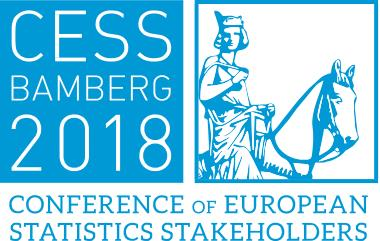STS02: Selection and Synthesis of Indicators for SDGs and Welfare: Strategic Partnership, Methodologies and Applications
“What is sustainability? How can we make sustainable development a reality? How sustainability can be measured?” is a set of questions, which did receive 21,580 reads, 475 followers and 1,770 answers in the social network ResearchGate[1]. Obviously, these questions are related and cannot be answered separately. It is not possible to measure sustainable development independently of the political-social change process that needs to be done to reach this goal. The statistical question behind it is with which metrics the decisions on the way to sustainable development can be improved and of what quality and condition these metrics have to be, so that they are robust enough for the social conflicts that have to be solved. The complexity inherent in sustainable development must be reduced and simplified, but without going too far or risking the credibility of metrics with covert value judgments. Indicators are a very suitable tool for this. They embody the property of being 'boundary objects', that is, providing a connecting language for different communities (politicians, civil society, scientists, statisticians). It is therefore no coincidence that the Sustainable Development Goals and the corresponding indicators have found each other at UN level. However, the reduction of complexity through indicators also requires that it is underpinned by a scientific approach and that it is framed by informational governance. For statisticians, this means understanding the specific role that indicators play in their portfolio of products.
[1] Extracted on 21. 09. 2018 https://www.researchgate.net/post/What_is_sustainability_How_can_we_make_sustainable_development_a_reality_How_sustainability_can_be_measured
